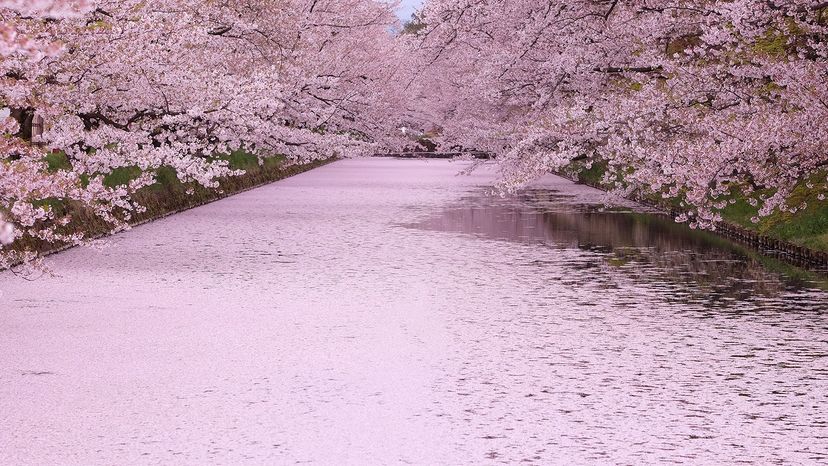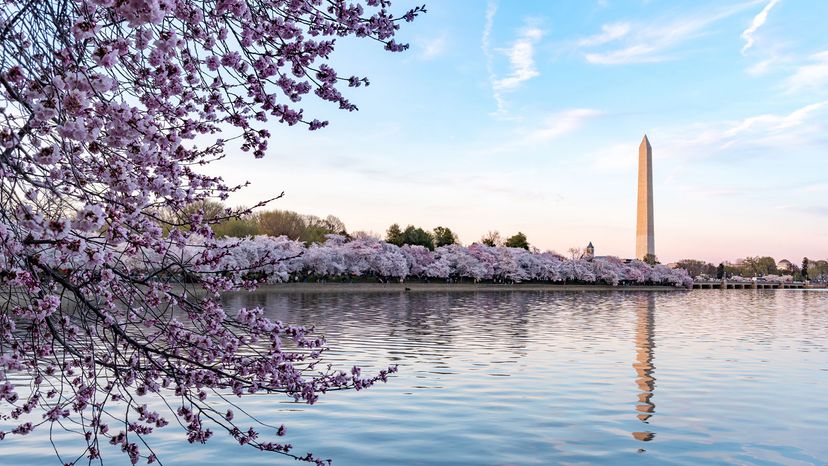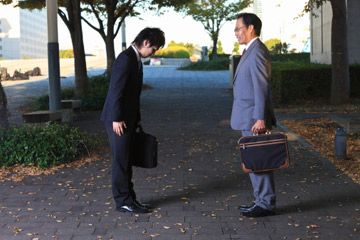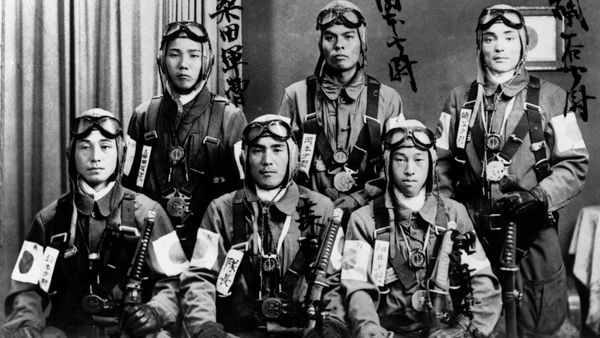
In Japan, the annual spring explosion of blushing pink cherry blossoms has been celebrated for more than 1,200 years. The western world came late to the cherry blossom party, but now there are cherry blossom festivals around the world — in Sweden, Canada, Spain and more — as well as the long-running National Cherry Blossom Festival in Washington, D.C. scheduled for March 20 – April 13, 2025.
Before COVID-19, more than 1.5 million visitors swarmed the U.S. capital city each spring to witness the fleeting flowering of more than 3,700 cherry blossom trees encircling the Tidal Basin, home to the Jefferson Memorial. John Malott was usually among them. Malott is a former president of the Japan-America Society of Washington, D.C., which organizes the Sakura Matsuri Japanese Street Festival every April to coincide with the Cherry Blossom Festival.
Advertisement
"It's very, very picturesque," says Malott, describing the view from the Tidal Basin. "You have the blue of the water and the blue of the sky. Then you have the white-ish pink of the cherry blossoms against the incredible white of the Jefferson Memorial in the distance. It's very beautiful and also very peaceful. I don't think there's anywhere in the world where you can stand in one place and see that many cherry blossom trees."
The story of how and why those 3,700 cherry blossom trees were gifted from Japan more than 100 years ago and planted in America's capital city is fascinating. But first, let's learn why the cherry blossom is such an enduring symbol in Japan.
Advertisement




